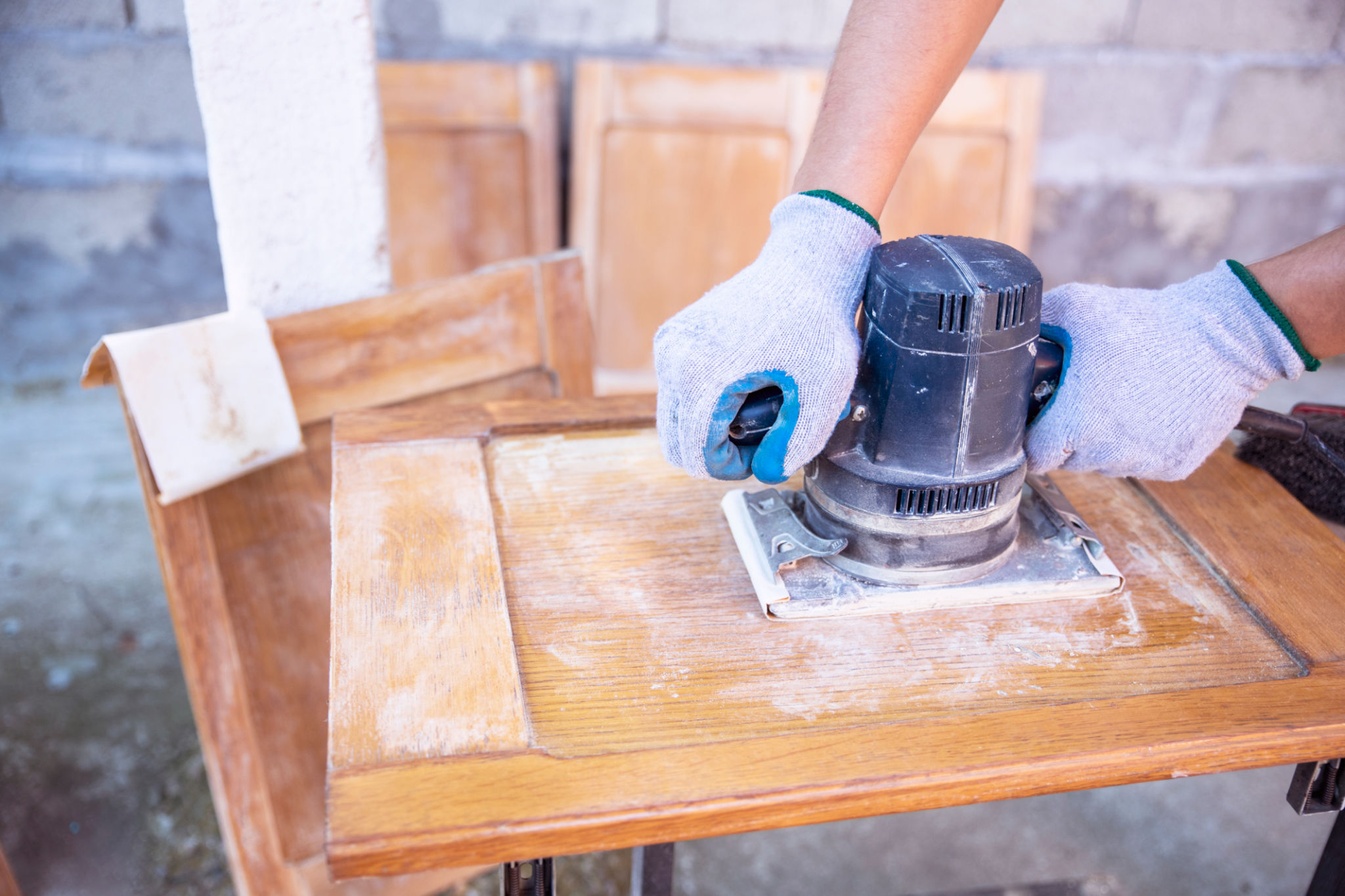The Ultimate Guide to Kitchen Cabinet Restoration in York: Transform Your Space
Introduction to Kitchen Cabinet Restoration
Restoring your kitchen cabinets can breathe new life into your kitchen without the expense of a full renovation. In York, where homes often boast historic charm, retaining the original cabinetry while refreshing its appearance is both practical and cost-effective. This guide will walk you through the essential steps to restoring your kitchen cabinets, transforming your space into a delightful and functional hub.

Assessing the Condition of Your Cabinets
Before diving into the restoration process, it's important to assess the current state of your cabinets. Check for signs of damage such as water stains, peeling paint, or warped wood. If the cabinets are structurally sound, restoration is a viable option. However, if you notice significant damage, you may need to consider replacement or professional repair.
Identifying Restoration Needs
Take note of any specific issues like loose hinges, sticky drawers, or surface scratches. These minor problems can usually be fixed during the restoration process. Identifying these needs upfront will help you gather the necessary materials and tools to tackle the project efficiently.
Choosing the Right Restoration Method
The restoration method you choose depends on the material of your cabinets and the look you want to achieve. For wooden cabinets, options include refinishing, repainting, or staining. Each method offers a unique aesthetic and level of difficulty.

Refinishing vs. Repainting
Refinishing involves sanding down the cabinet surfaces and applying a new finish to reveal the natural beauty of the wood. This method is best for homeowners who wish to enhance the organic appearance of wooden cabinets. In contrast, repainting allows for more creativity with color and style, offering a modern refresh to your kitchen space.
Gathering Materials and Tools
Once you've decided on a restoration method, gather all necessary materials and tools. These may include:
- Sandpaper or an electric sander
- Paint or stain
- Brushes and rollers
- Primer (if painting)
- Screwdriver for hardware removal

Having everything on hand before starting will save time and ensure a smoother restoration process.
Step-by-Step Restoration Process
Begin by removing all cabinet doors and hardware. If you're refinishing or repainting, sand down all surfaces to remove old paint or finish. Clean off dust with a damp cloth before applying primer or stain. Once the primer or first coat of stain is dry, apply your chosen paint or finish. Reassemble the cabinets once everything is completely dry.
Tackling Hardware Updates
Don't overlook hardware when restoring your cabinets. Replacing old handles and knobs with new ones can significantly enhance the overall look. Choose hardware that complements your kitchen's style—whether it's sleek modern handles or classic vintage knobs.
Final Touches and Maintenance Tips
After restoring your cabinets, add final touches like shelf liners or soft-close mechanisms for drawers. To maintain your refreshed kitchen cabinets, regularly clean them with a mild soap solution and occasionally polish wooden surfaces to keep them looking their best.
The transformation achieved through cabinet restoration can have a profound impact on your kitchen's ambiance. By following this ultimate guide, you can enjoy a revitalized space that combines both functionality and style.
